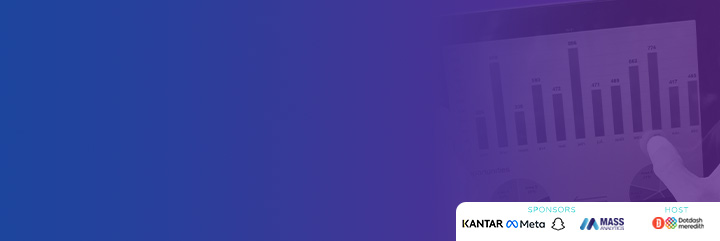- Past Event Highlights
- Article
The Power of AI for Effective Advertising in an ID-free World
Rachel Gantz – Managing Director, Proximic by Comscore
Amidst heightened regulations in the advertising ecosystem, Rachel Gantz of Proximic by Comscore delved into a discussion of diverse AI applications and implementation tactics, in an increasingly ID-free environment, to effectively reach audiences. Rachel highlighted signal loss as a "massive industry challenge," to provide a framework for the research she examined. She remarked that the digital advertising environment was built on ID-based audience targeting, but with the loss of this data and the increase in privacy regulations, advertisers have placed their focus on first-party and contextual targeting (which includes predictive modeling). In her discussion, she focused on the many impacts predictive AI is having on contextual targeting, in a world increasingly void of third-party data, providing results from a supporting experiment. The research aimed to understand how the performance of AI-powered ID-free audience targeting tactics compared to their ID-based counterparts. The experiment considered audience reach, cost efficiency (eCPM), in-target accuracy and inventory placement quality. Key takeaways:- Fifty to sixty percent of programmatic inventory has no IDs associated with it and that includes alternative IDs.
- Specific to mobile advertising, many advertisers saw 80% of their IOS scale disappear overnight.
- In an experiment, two groups were exposed to two simultaneous campaigns, focused on holiday shoppers. The first group (campaign A) was an ID-based audience, while the second group was an ID-free predictive audience.
- Analyzing reach: ID-free targeting nearly doubled the advertisers’ reach, vs. the same audience, with ID-based tactics.
- Results from cost efficiency (eCPM): ID-free AI-powered contextual audiences saw 32% lower eCPMs than ID-based counterparts.
- In-target rate results: Significant accuracy was confirmed (84%) when validating if users reached with the ID-free audience matched the targeting criteria.
- Inventory placement quality: ID-free audience ads appeared on higher quality inventory, compared to the same ID-based audience (ID-free 27% vs. ID-based 21%).






